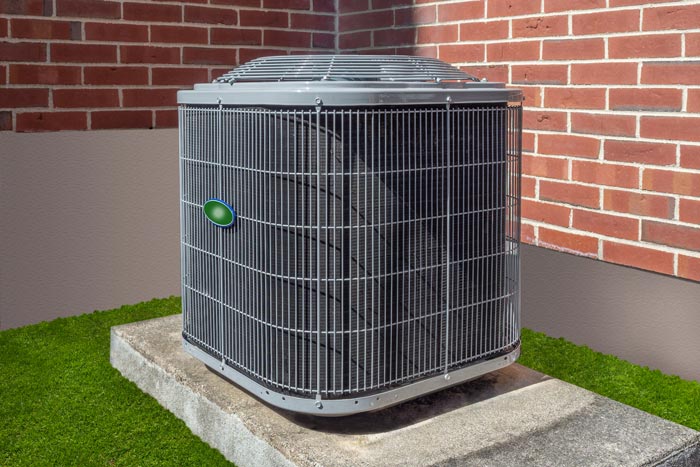Things to Consider When Buying a New Heating System
Things to Look for When Purchasing a New Heating System
The first thing you need to know before you begin the search for a new heating system is whether you are currently using the best fuel source available. For example, if you currently use propane gas, you may look to switch to natural gas if it has become available in your area. There are pros and cons to every fuel, and a switch could add hundreds of dollars to the cost of a new heating system, but be well worth it in the long run.
It usually pays to check with your heating contractor who can help you get a feel for what you will save in your energy costs over the next five to ten years with the fuel source you choose. By doing this, your contractor can show you what your long term savings will be vs. your short term investment. You may also be eligible for rebates and/or special financing options with approved credit.

One Size Does Not Fit All
If a contractor simply looks at your old system and quotes you a price on a system of the same size, be skeptical. No matter which type of heating system you decide upon, you must install a system that is properly sized for your house. This is usually something that the homeowner cannot do on his or her own. Your heating contractor should perform an approved heat loss on your home to determine exactly how much heat is required to heat your home comfortably on the coldest day of the year, and no more. Installing too large of a heating system will only waste energy and break down more often, shortening the life of the system.
If your contractor simply looks at your old system and quotes you a price on a system of the same size, be skeptical. This is a common practice and it is irresponsible. Your old heating system is probably between 15 and 40 years old. Now, take a moment and think of all the changes your home has undergone in that time…new doors, new windows, added insulation in the attic, perhaps even an addition to the home. All of these factor into the proper sizing of your heating system.
Even if your home has gone through no major changes since the installation of the existing heating system, who’s to say that it was ever properly sized to begin with? It simply cannot be stressed enough: a heating system must fit the home exactly. A system that is too big or too small will lead to future problems, higher fuel bills and the premature failure of the system.
AFUE and efficiency. Today’s heating systems come in two basic efficiencies, the 80% efficient models and the 90% efficient models. Efficiencies are measured by their Annual Fuel Utilization of Energy or AFUE. What does this mean? It is very similar to the way Miles Per Gallon or MPG, is used to determine how efficient a car’s engine is. The higher the rating, the more efficient the heating system.
High efficiency or low efficiency? The minimum efficient heating system you can purchase today is 78% and the maximum is about 97%. You may be saying to yourself, “It seems silly not to purchase the most efficient heating system available since it will save me the most money on my energy bills.”
A System That Is Too Big or Too Small Will Lead to Future Problems, Higher Fuel Bills and the Premature Failure of the System
This may be true, but there are many other factors involved when you are considering a very high-efficiency system. These include whether you will vent the system, using a direct vent or the chimney. The 90% efficient systems require what is called direct venting. This method bypasses your chimney and goes directly through the wall of the house. There are very strict codes set by both the manufacturers and most states as to how direct venting may be done. If these specifications are not rigidly followed, the results could lead to carbon monoxide poisoning.
The 80% efficient systems are vented using your existing chimney, and thus are much more economical to install. In some instances, it is mandatory to line your existing chimney with an aluminum or steel liner to ensure that no condensation of the waste gasses occurs within the chimney causing masonry problems down the road.
If your existing furnace or boiler is over 17 years old, upgrading to an 80% efficient system will probably come close to cutting your existing fuel bill by a third.
The best advice for selecting a new heating system is to compare the total investment in an 80% efficient system versus that of a 90% efficient system, factor out any incentives, rebates, etc., and break it all down to an apples-to-apples comparison. Then have the contractor show you what your energy savings will be. At this point, your choice should be obvious.
